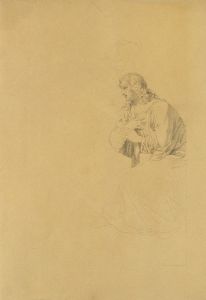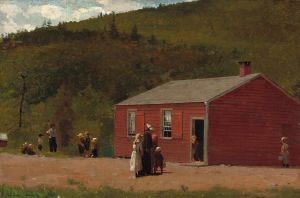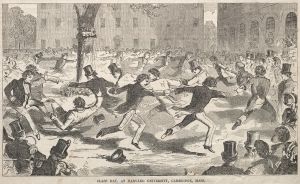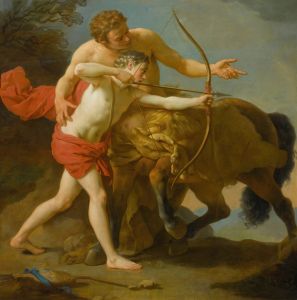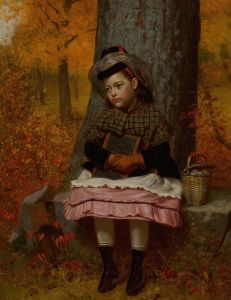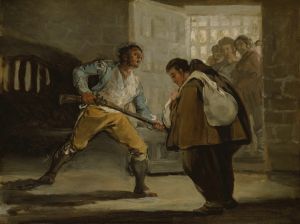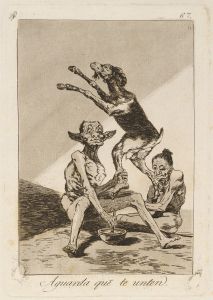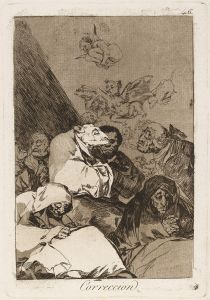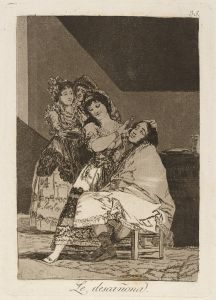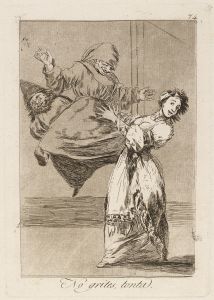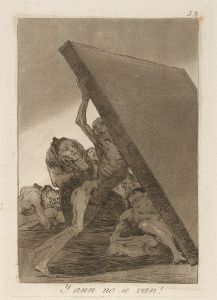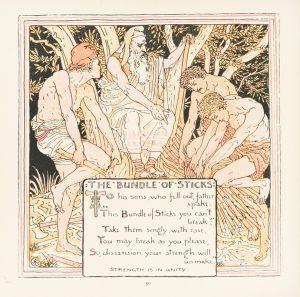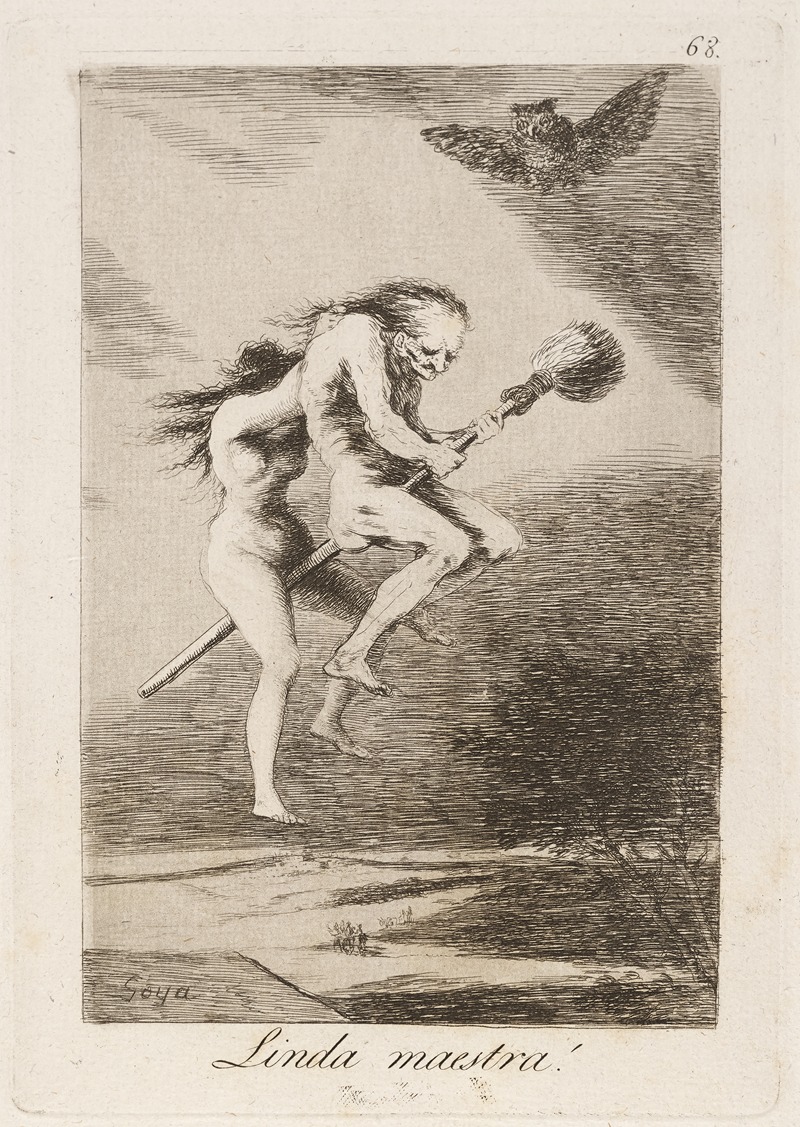
Linda maestra!
A hand-painted replica of Francisco de Goya’s masterpiece Linda maestra!, meticulously crafted by professional artists to capture the true essence of the original. Each piece is created with museum-quality canvas and rare mineral pigments, carefully painted by experienced artists with delicate brushstrokes and rich, layered colors to perfectly recreate the texture of the original artwork. Unlike machine-printed reproductions, this hand-painted version brings the painting to life, infused with the artist’s emotions and skill in every stroke. Whether for personal collection or home decoration, it instantly elevates the artistic atmosphere of any space.
Francisco de Goya, one of the most prominent Spanish painters and printmakers, created a vast body of work that includes portraits, historical scenes, and depictions of everyday life. Among his extensive oeuvre is the painting "Linda maestra!" However, there is no widely recognized or documented painting by Goya with this exact title. It is possible that the title might be a misinterpretation or a lesser-known work that has not been extensively documented in art historical records.
Goya's career spanned the late 18th and early 19th centuries, a period marked by significant political and social upheaval in Spain. His work often reflects the complexities and challenges of his time, capturing the nuances of human emotion and the darker aspects of society. Goya is renowned for his ability to convey psychological depth and his innovative use of light and shadow.
If "Linda maestra!" were a work by Goya, it would likely share characteristics with his other paintings, such as a focus on realism and a keen observation of human nature. Goya's portraits, for instance, are celebrated for their ability to reveal the inner lives of his subjects, often portraying them with a mix of empathy and critical insight. His genre scenes, on the other hand, frequently depict everyday life with a touch of satire or social commentary.
Goya's artistic style evolved significantly over his lifetime. His early works were influenced by the Rococo style, characterized by lightness and elegance. However, as he matured, his style became more somber and expressive, particularly evident in his later works such as the "Black Paintings," which are known for their dark themes and haunting imagery.
Throughout his career, Goya was also a master printmaker, and his series of etchings, such as "Los Caprichos" and "The Disasters of War," are highly regarded for their technical skill and powerful social critique. These works often explore themes of folly, corruption, and the brutality of conflict, reflecting Goya's critical view of contemporary society and politics.
In the absence of specific information about "Linda maestra!" it is essential to approach any claims about the painting with caution. Art historical research relies on documented evidence, and without such evidence, it is challenging to provide a definitive account of a work's provenance or significance.
For those interested in Goya's work, it is advisable to explore his well-documented paintings and prints, which offer a rich insight into his artistic vision and the historical context of his time. His contributions to art history are significant, and his influence can be seen in the works of later artists who admired his bold approach to subject matter and technique.





